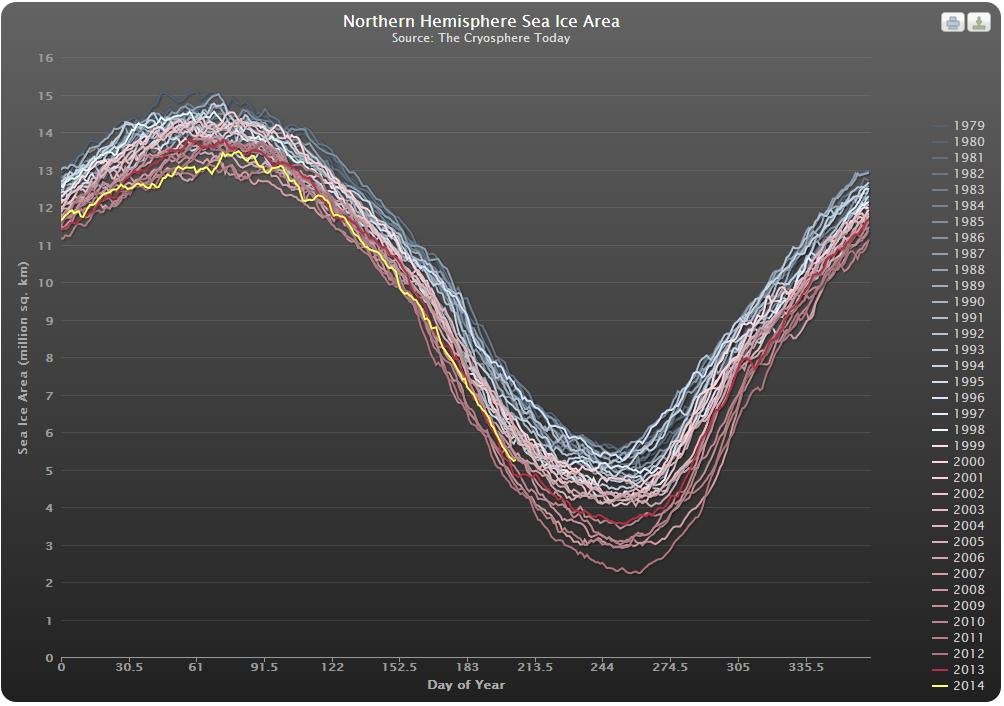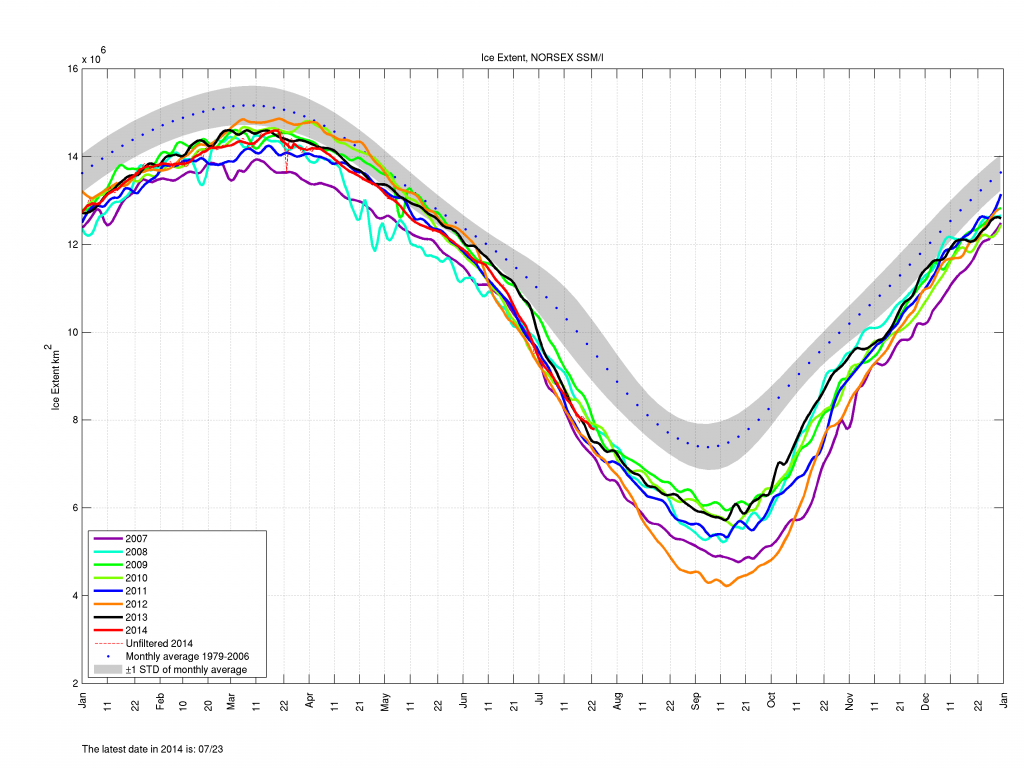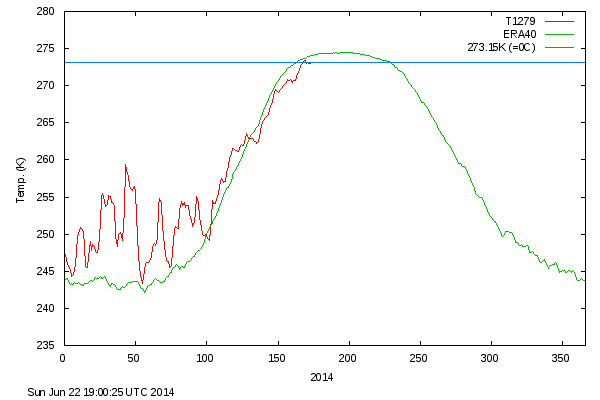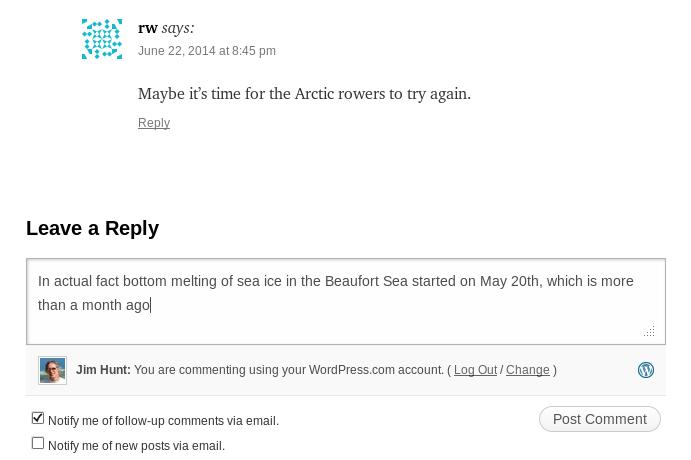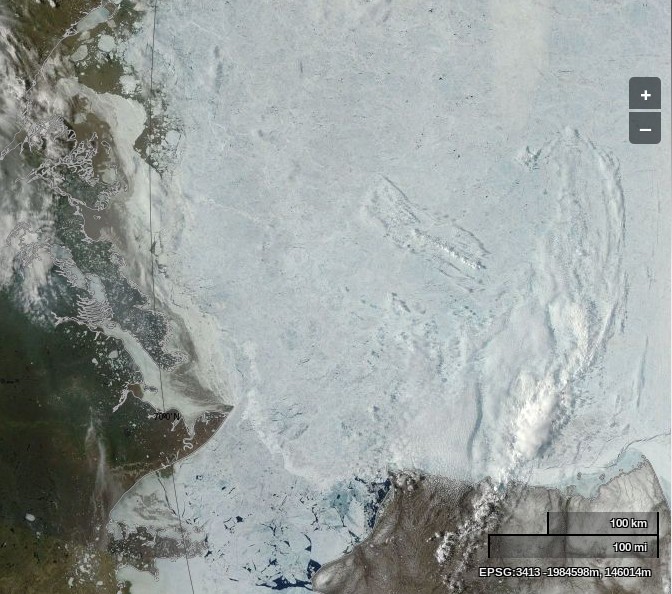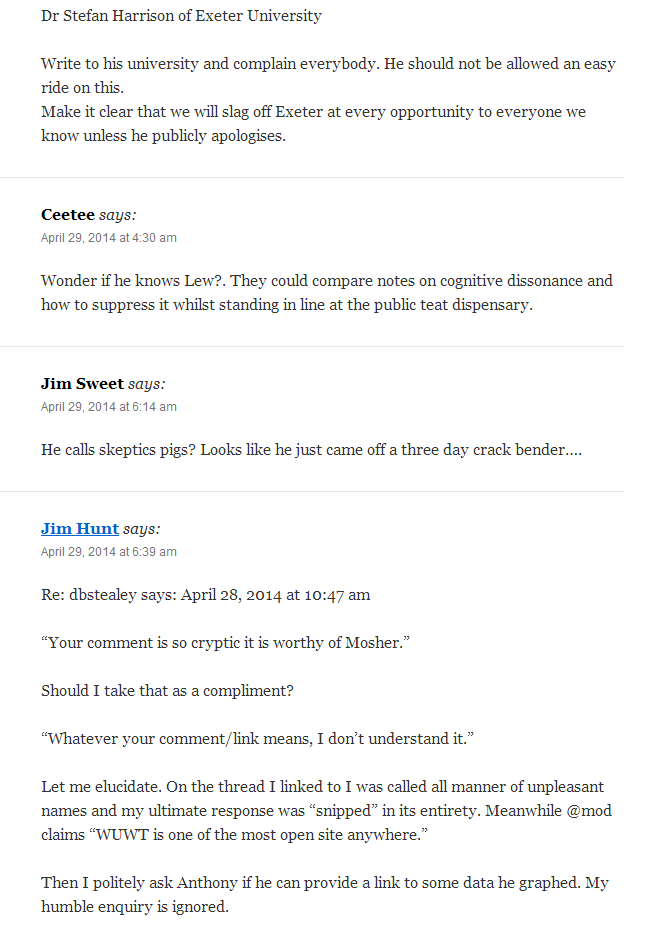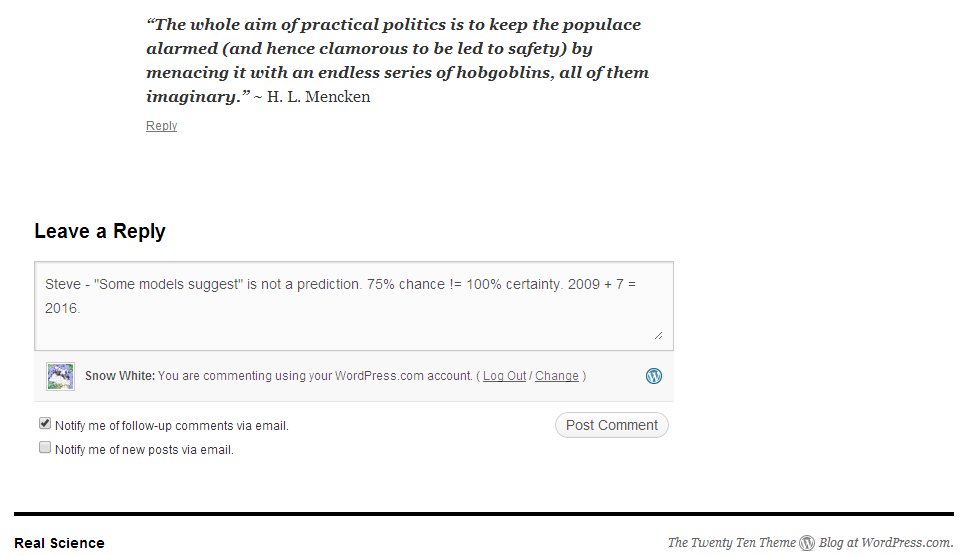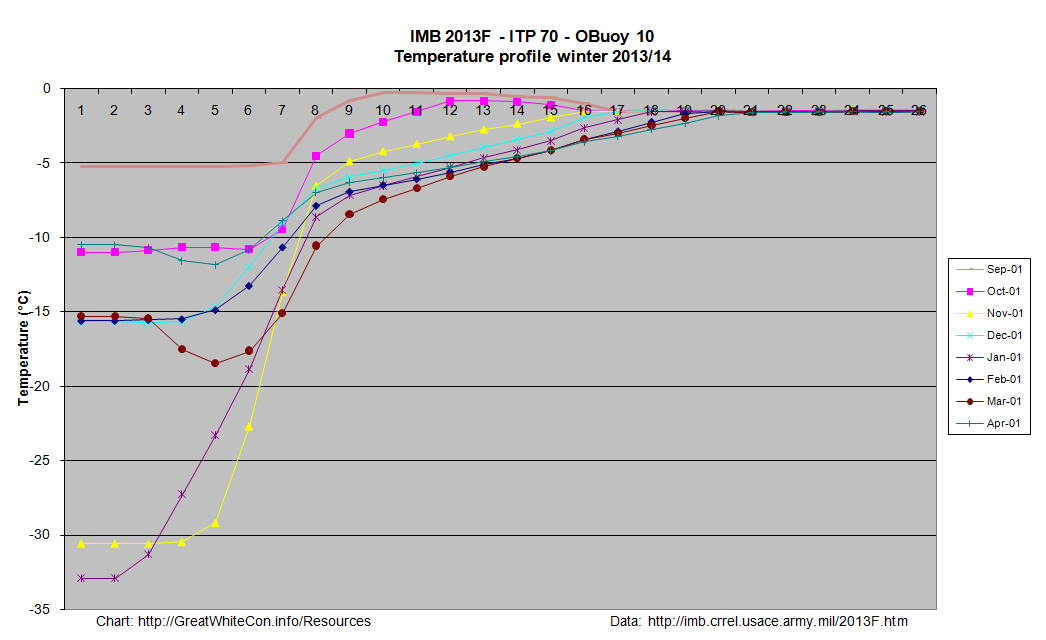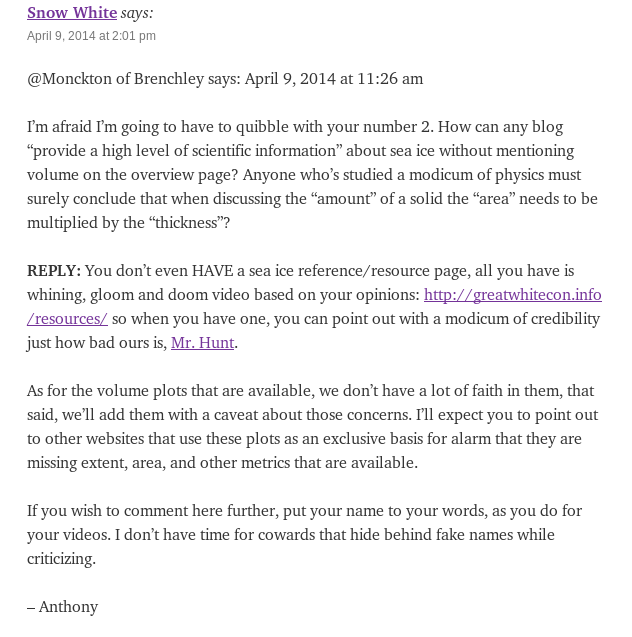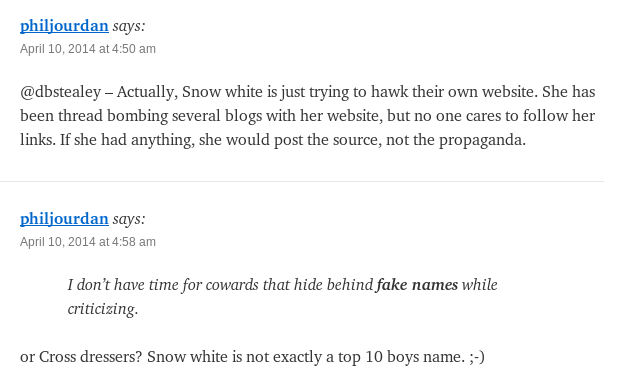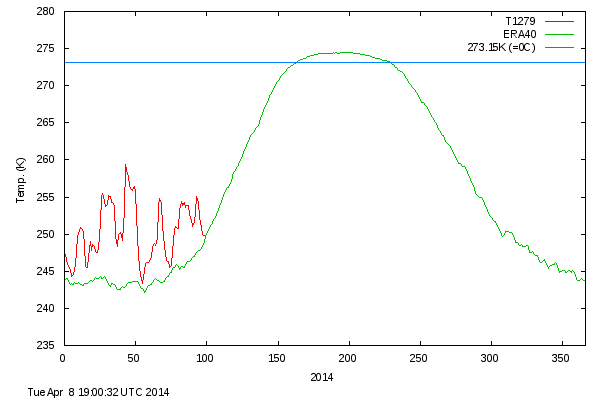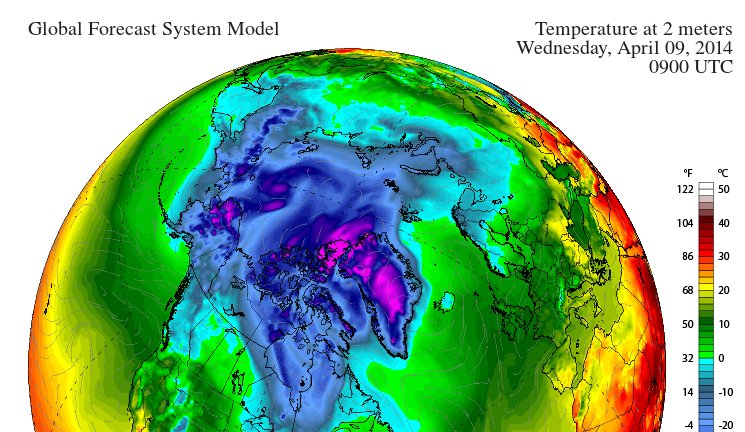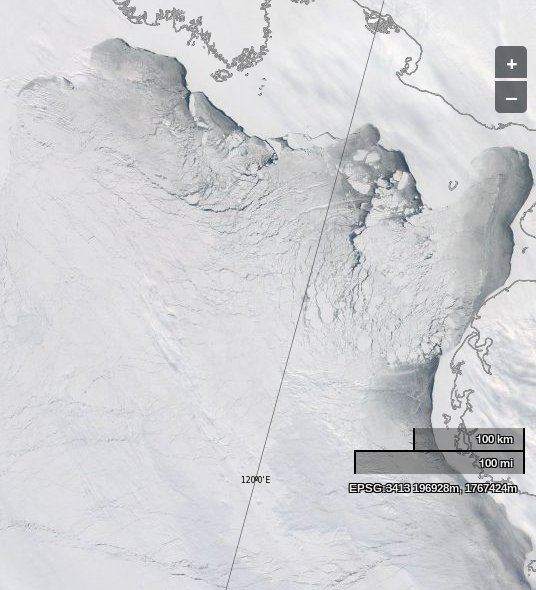Regular readers may recall that on September 8th 2013 the Mail on Sunday published an article by David Rose claiming that the Arctic “Ice Sheet Grew 920,000 Square Miles in a Year“. That was not true, and after we complained to the UK Press Complaints Commission The Mail eventually published a “correction” of sorts.
On September 15th 2013 the Mail on Sunday published another article by David Rose entitled “Global warming is just HALF what we thought: World’s top climate scientists admit computers got the effects of greenhouse gases wrong”, which proudly displayed their erroneous headline from the previous week. The article contained many more errors, some of which the United Kingdom’s Met Office highlighted on their official blog later the same day:
The article states that the Met Office’s ‘flagship’ model (referring to our Earth System Model known as HadGEM2-ES) is too sensitive to greenhouse gases and therefore overestimates the possible temperature changes we may see by 2100.
There is no scientific evidence to support this claim.
The Mail eventually “corrected” the article in their usual half hearted fashion, whilst simultaneously updating the title to read “Global warming is just QUARTER what we thought“, which doesn’t strike me as being an accurate use of the English language let alone scientifically accurate.
Meanwhile on September 16th 2013 on the other side of the planet Rupert Murdoch’s The Australian published an article written by Graham Lloyd entitled “We got it wrong on warming, says IPCC“, saying things like:
The Intergovernmental Panel on Climate Change’s latest assessment reportedly admits its computer drastically overestimated rising temperatures, and over the past 60 years the world has in fact been warming at half the rate claimed in the previous IPCC report in 2007. More importantly, according to reports in British and US media, the draft report appears to suggest global temperatures were less sensitive to rising levels of atmospheric carbon dioxide than was previously thought. The 2007 assessment report said the planet was warming at a rate of 0.2C every decade, but according to Britain’s The Daily Mail the draft update report says the true figure since 1951 has been 0.12C.
After a long drawn out enquiry the Australian Press Council has finally announced that in its view The Australian cannot justify publishing inaccurate scientific information by blaming David Rose and The Mail on Sunday. They state that:
The Press Council has considered a complaint about a number of items published in The Australian in September 2013, a week before the release of the Fifth Assessment Report of the Intergovernmental Panel on Climate Change (IPCC).
The Council has considered the complaint by reference to the following parts of its General Principles: “Publications should take reasonable steps to ensure reports are accurate, fair and balanced”; “relevant facts should not be misrepresented or suppressed”; and “Where it is established that a serious inaccuracy has been published, a publication should promptly correct the error, giving the correction due prominence.”
The Council has concluded that the erroneous claim about the revised warming rate was very serious, given the importance of the issue and of the need for accuracy (both of which were emphasised in the editorial that repeated the claim without qualification). Although based on another publication’s report, the claim was unequivocally asserted in The Australian headline, “We got it wrong on warming, says IPCC”, which also implied the IPCC had acknowledged the alleged error. The impression that the claim was correct was reinforced by The Australian saying the IPCC had been “forced to deny” that it was in crisis talks.
The Council considers rigorous steps should have been taken before giving such forceful and prominent credence to The Mail on Sunday’s claim. Accordingly, the complaint on that ground is upheld.
The Council welcomes the acknowledgements of error and expressions of regret which the publication eventually made to it. But they should have been made very much earlier, and made directly to the publication’s readers in a frank and specific manner. It is a matter of considerable concern that this approach was not adopted.
To summarise, don’t believe everything you read in The Daily Mail or The Australian, particularly if the words in question are written by or plagiarised from David Rose:
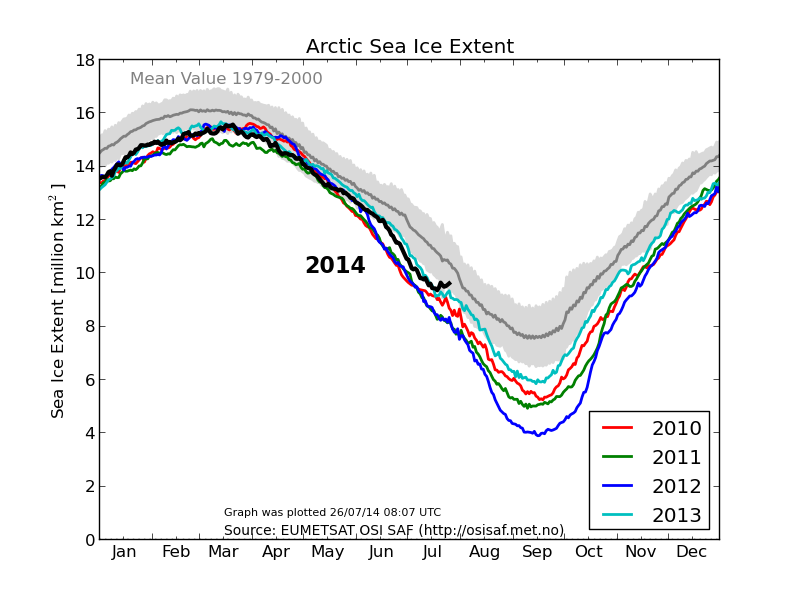
 This is what the Cryosphere Today graph of Arctic sea ice area I linked to looks like at the moment:
This is what the Cryosphere Today graph of Arctic sea ice area I linked to looks like at the moment: